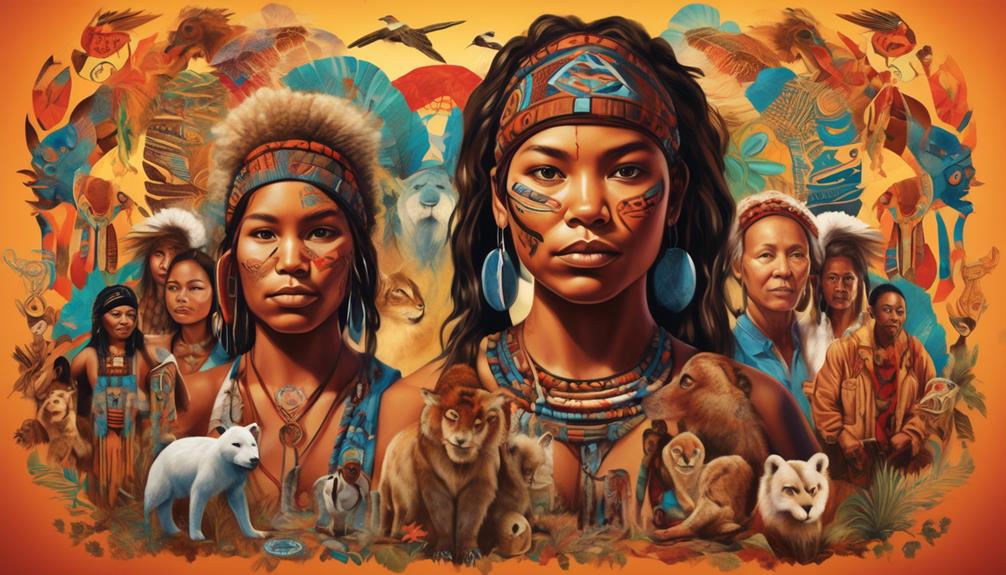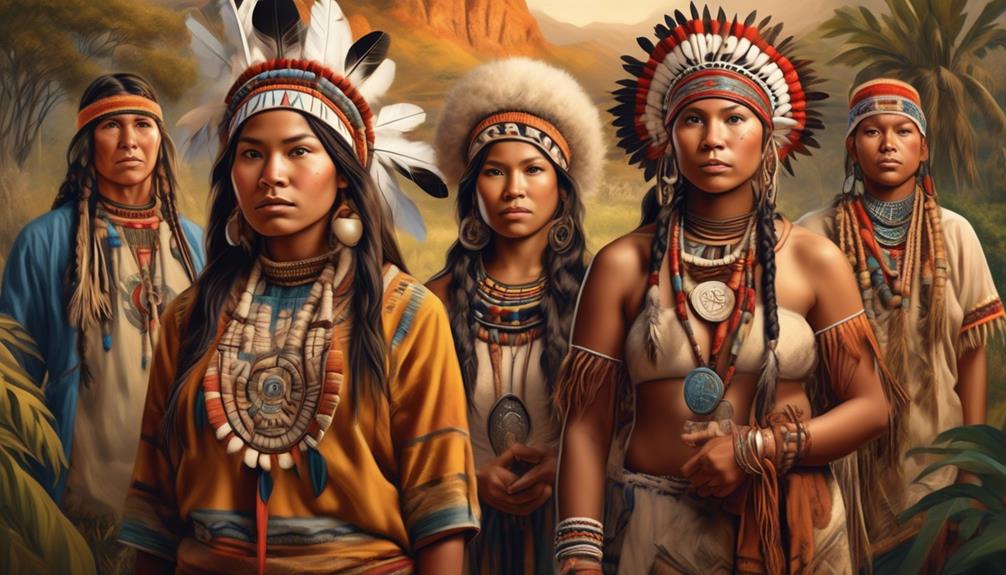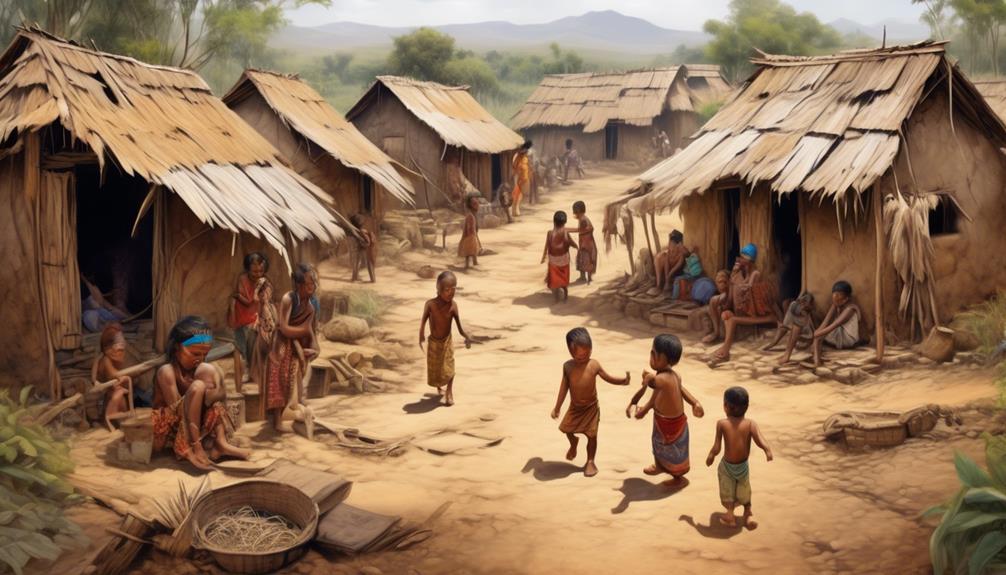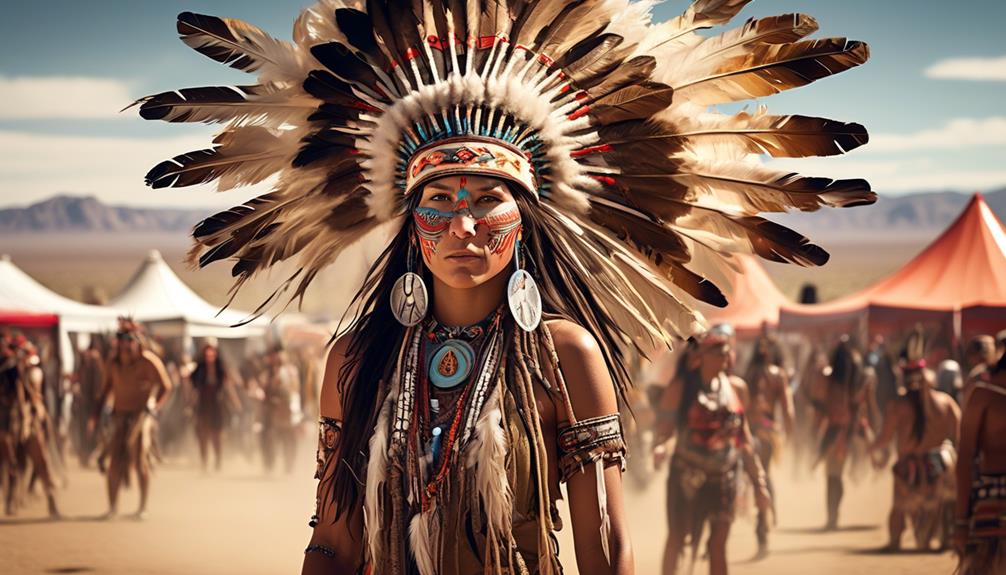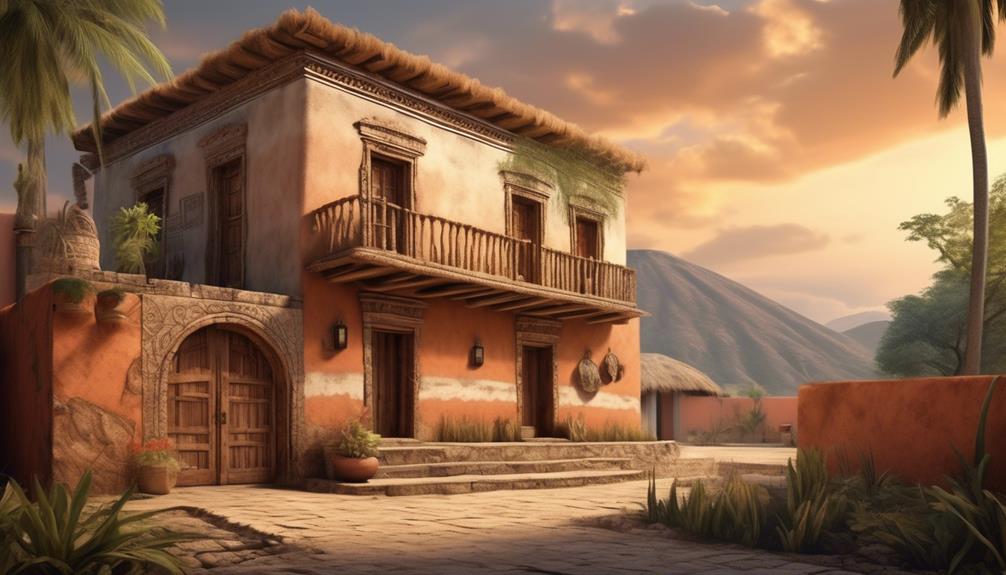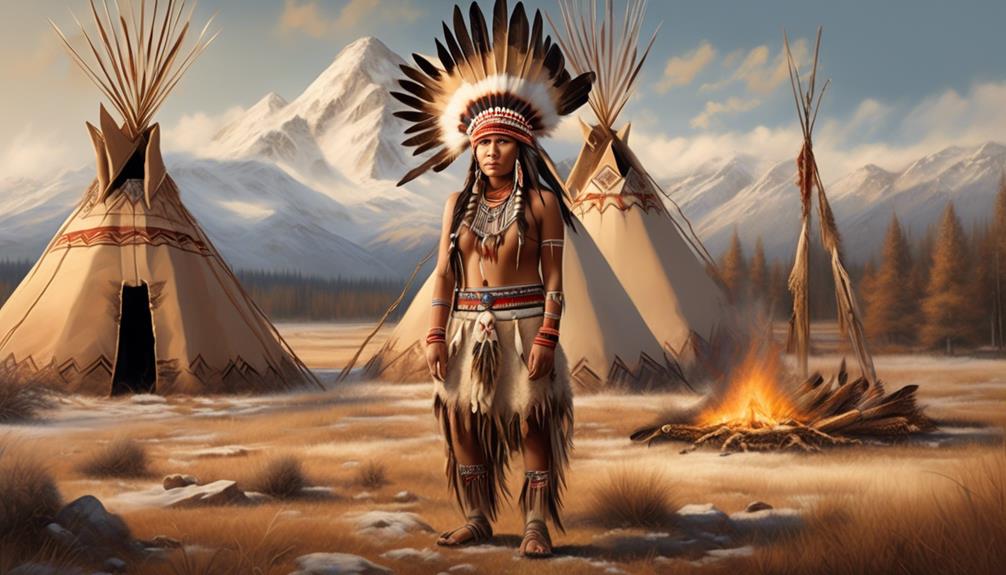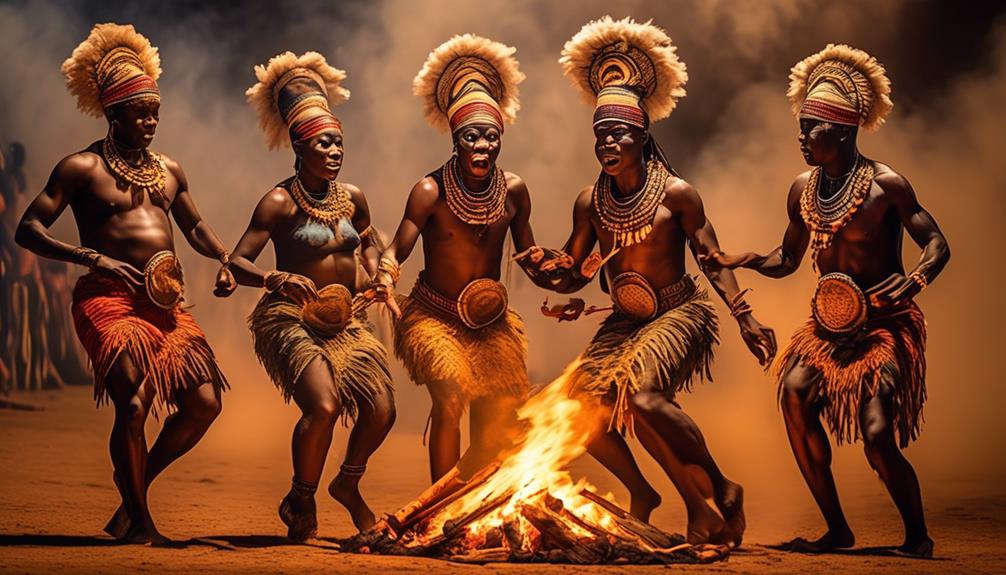Have you ever considered the origins of horses? We often imagine them freely wandering vast, open fields. However, the true beginning of their story may be unexpected.
The history of horses is a fascinating journey that spans continents and millennia, and the answer to their indigenous roots might surprise you.
Join us as we explore the ancient habitats of horses, the evolution of equine species, and the natural range of wild horses, all of which shed light on the remarkable impact these majestic creatures have had on human societies.
Key Takeaways
- Horses originated in North America around 50 million years ago and migrated to Eurasia via land bridges.
- The geographical distribution of horses expanded over time, leading to the development of various breeds adapted to different environments.
- Horses have historically roamed across diverse landscapes such as grasslands, steppes, and savannas.
- Humans played a significant role in shaping the distribution of horses through domestication and trade.
The Origins of Horses
The origins of horses can be traced back millions of years, revealing a complex evolutionary history that has shaped their unique characteristics and global distribution. Horses are believed to have evolved from small multi-toed creatures that existed around 50 million years ago. These prehistoric ancestors, known as the dawn horse or Eohippus, originated in North America and subsequently spread to other parts of the world.
Over time, the geographical distribution of horses expanded significantly. Fossil evidence indicates that they migrated to Eurasia via land bridges, and eventually, their descendants were introduced to other continents by humans. This migration led to the development of various breeds adapted to different environments, resulting in the diverse range of horse breeds seen today.
Understanding the origins of horses provides valuable insights into their genetic diversity and adaptations to different environments. It also sheds light on the close relationship between humans and horses throughout history, as humans played a significant role in shaping the geographical distribution of horses through domestication and trade.
Ancient Habitats of Horses
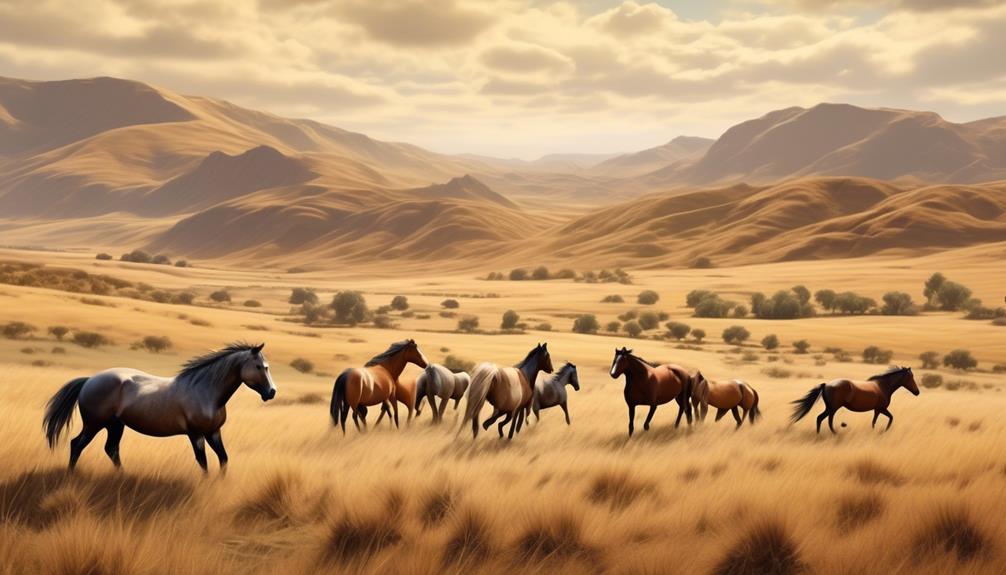
Tracing the ancient habitats of horses illuminates their remarkable adaptation to diverse environments and the pivotal role they played in shaping ecosystems worldwide. The prehistoric ecosystems that horses inhabited were varied and included grasslands, steppes, and savannas. Equine migration played a crucial role in their ability to thrive in these habitats, showcasing their resilience and adaptability.
The following aspects shed light on the ancient habitats of horses:
- Diverse Landscapes: Horses roamed across a range of landscapes, from the grassy plains of North America to the Eurasian steppes, adapting to different terrains and climates.
- Key Ecological Influence: Horses significantly impacted the vegetation and fauna of their ancient habitats through grazing, trampling, and fertilizing the soil, thus shaping the ecological balance.
- Survival Strategies: Their ability to migrate and adapt to changing environments highlights their evolutionary strategies, emphasizing their significance in prehistoric ecosystems.
- Cultural Significance: The ancient habitats of horses not only shaped ecological dynamics but also influenced human cultures, playing a central role in transportation, agriculture, and warfare.
- Continued Legacy: Understanding their ancient habitats provides insights into the ongoing conservation efforts and the importance of preserving these ecosystems for the future.
Evolution of Equine Species
Exploring the ancient habitats of horses reveals pivotal insights into the evolution of equine species, shedding light on their remarkable adaptation to diverse environments and the enduring impact on ecosystems worldwide. The equine ancestry is deeply rooted in the fossil record, providing a fascinating narrative of their evolutionary journey. The table below summarizes key milestones in the fossil record evolution of equine species, showcasing the remarkable transformations that have occurred over millions of years.
| Time Period | Key Events | Notable Species |
|---|---|---|
| Eocene Epoch | Dawn of equine evolution | Eohippus, Hyracotherium |
| Miocene Epoch | Emergence of modern equine features | Merychippus, Parahippus |
| Pliocene Epoch | Development of grazing adaptation | Dinohippus, Pliohippus |
| Pleistocene Epoch | Arrival of the genus Equus | Equus ferus, Equus caballus |
The equine lineage showcases a compelling saga of adaptation and diversification, reflecting the dynamic interplay between environmental pressures and evolutionary innovation. By tracing the evolutionary trajectory of equine species, we gain a profound understanding of their resilience and the enduring legacy they have sculpted across diverse ecosystems.
Natural Range of Wild Horses

As we delve into the natural range of wild horses, it becomes evident that their distribution across various continents offers valuable insights into their adaptive prowess and ecological significance. Wild horses have historically roamed diverse landscapes, shaping ecosystems and displaying remarkable genetic diversity.
- Witnessing the majestic sight of wild horses galloping freely across the open plains evokes a deep sense of awe and admiration for their untamed beauty.
- Understanding the intricate relationship between wild horses and their natural habitats ignites a passion for conservation efforts, driving us to protect these iconic animals and the environments they inhabit.
- Exploring the genetic diversity of wild horse populations reveals a tapestry of unique adaptations, sparking a sense of wonder at the intricate mechanisms that have allowed these animals to thrive in various environments.
- Learning about the challenges faced by wild horse populations due to habitat loss and human encroachment evokes a sense of urgency, compelling us to take action to preserve their natural range.
- Appreciating the resilience of wild horses in the face of environmental pressures instills a profound respect for their ability to adapt and survive, underscoring the importance of conservation efforts to ensure their continued existence.
Impact of Horses on Human Societies
The profound impact of horses on human societies throughout history is undeniable, as these magnificent creatures have played pivotal roles in shaping cultural, economic, and military landscapes across diverse civilizations.
The domestication of horses, which began around 4000-3500 BC, had profound effects on human societies. It revolutionized transportation, agriculture, and warfare, leading to significant cultural and economic advancements.
The cultural significance of horses is evident in various aspects of human life, from art and literature to religious beliefs and traditions. The human-animal bond formed through centuries of interaction with horses has also led to the development of equine-assisted therapy, which has been proven to have positive effects on mental health and well-being.
The domestication effects of horses on human societies have been far-reaching, transforming the way we live and interact with the world around us. From the development of trade routes and the expansion of empires to the therapeutic use of horses in modern healthcare, the impact of these majestic animals continues to be felt in profound and meaningful ways.
Frequently Asked Questions
What Are the Different Breeds of Indigenous Horses Around the World?
There are various breeds of indigenous horses around the world, each with unique genetic diversity.
The conservation of these breeds is crucial for preserving their cultural significance. By focusing on preservation efforts, we can ensure that these indigenous horses continue to thrive and contribute to their respective cultures.
Understanding the historical and cultural importance of these breeds is essential for maintaining their legacy and promoting their sustainability for future generations.
How Do Horses Adapt to Different Climates and Environments in Their Indigenous Regions?
Horse migration involves the remarkable ability of these animals to adapt to diverse climates and environments. Their indigenous regions have shaped their genetic traits, enabling them to thrive in various conditions.
Environmental adaptation is key to their survival, as they've evolved to withstand extreme temperatures, scarce resources, and other challenges. Studying their migration patterns and adaptation strategies provides valuable insights into the resilience and versatility of these majestic creatures.
What Are the Traditional Uses of Horses in Indigenous Cultures?
Horse symbolism and spiritual connection have been integral to indigenous cultures for centuries. Horses were used for transportation, hunting, and warfare, showcasing their versatility and significance.
Their role as a symbol of power and freedom underscores their traditional uses in indigenous societies. Understanding the cultural and spiritual significance of horses provides insight into the deep connection between these animals and the indigenous peoples who've relied on them for various aspects of life.
How Have Indigenous Horse Populations Been Affected by Modern Development and Human Activity?
Habitat loss and human encroachment have significantly impacted indigenous horse populations. These factors have led to a decline in genetic diversity and threatened the cultural significance of these horses.
Modern development has encroached upon their traditional lands, reducing their habitat. This has resulted in a decrease in their numbers and put their genetic diversity at risk.
Additionally, human activity has disrupted the historical and cultural significance of these horses within indigenous communities.
Are There Any Conservation Efforts Focused on Preserving Indigenous Horse Populations?
Yes, there are conservation efforts focused on preserving indigenous horse populations. These efforts aim to protect genetic diversity and cultural significance.
By maintaining the integrity of these populations, we can ensure their survival for future generations.
It's crucial to recognize the ecological and cultural importance of indigenous horses and implement measures to safeguard their existence.
Conservation efforts play a vital role in maintaining the balance between heritage and modern development.
Conclusion
In conclusion, the natural range of horses is remarkably diverse, spanning across various continents and terrains. From the steppes of Asia to the grasslands of North America, horses have left an indelible mark on the landscape of the world.
Their evolution and adaptation to different environments have shaped their significance in human history, making them a symbol of power, freedom, and endurance. The influence of horses on human societies is a testament to their enduring legacy.
Mary is a passionate writer who brings creativity and a fresh perspective to our team. Her words have the power to captivate and inspire, making her an essential contributor to our content. Mary’s commitment to storytelling and dedication to promoting Indigenous culture ensures that her work touches the hearts of our readers. We’re fortunate to have her as part of our team.

